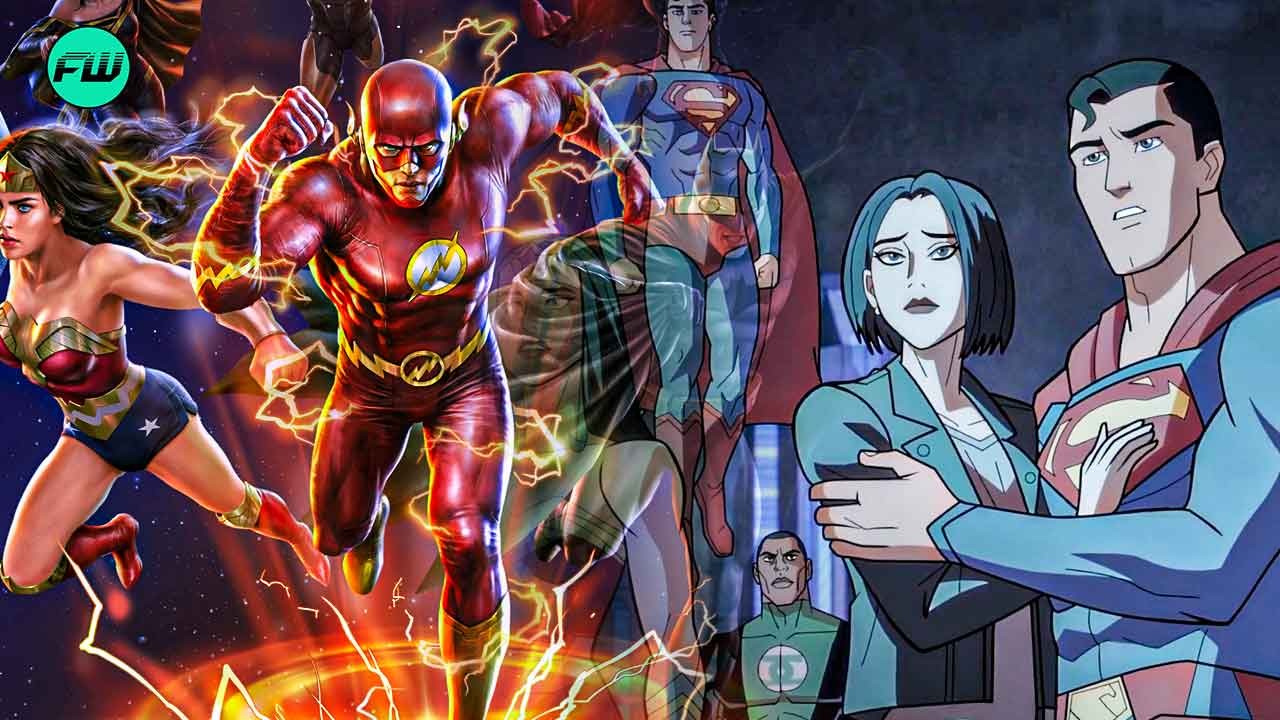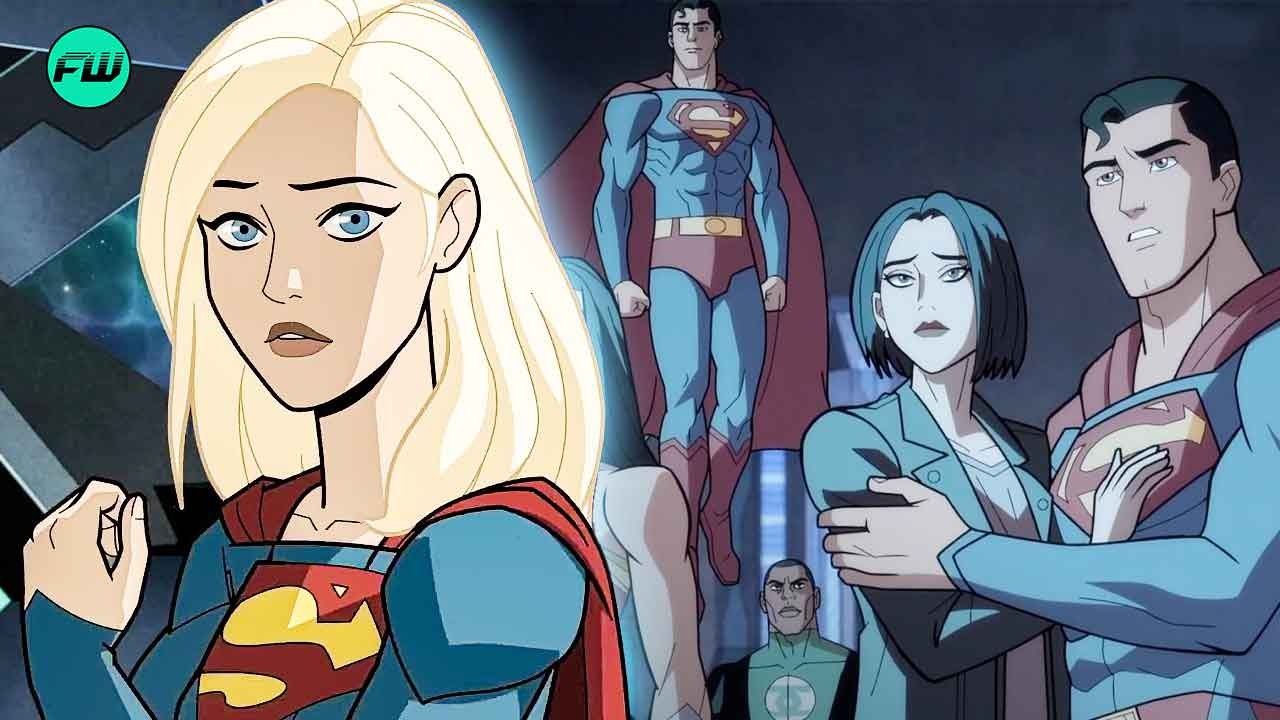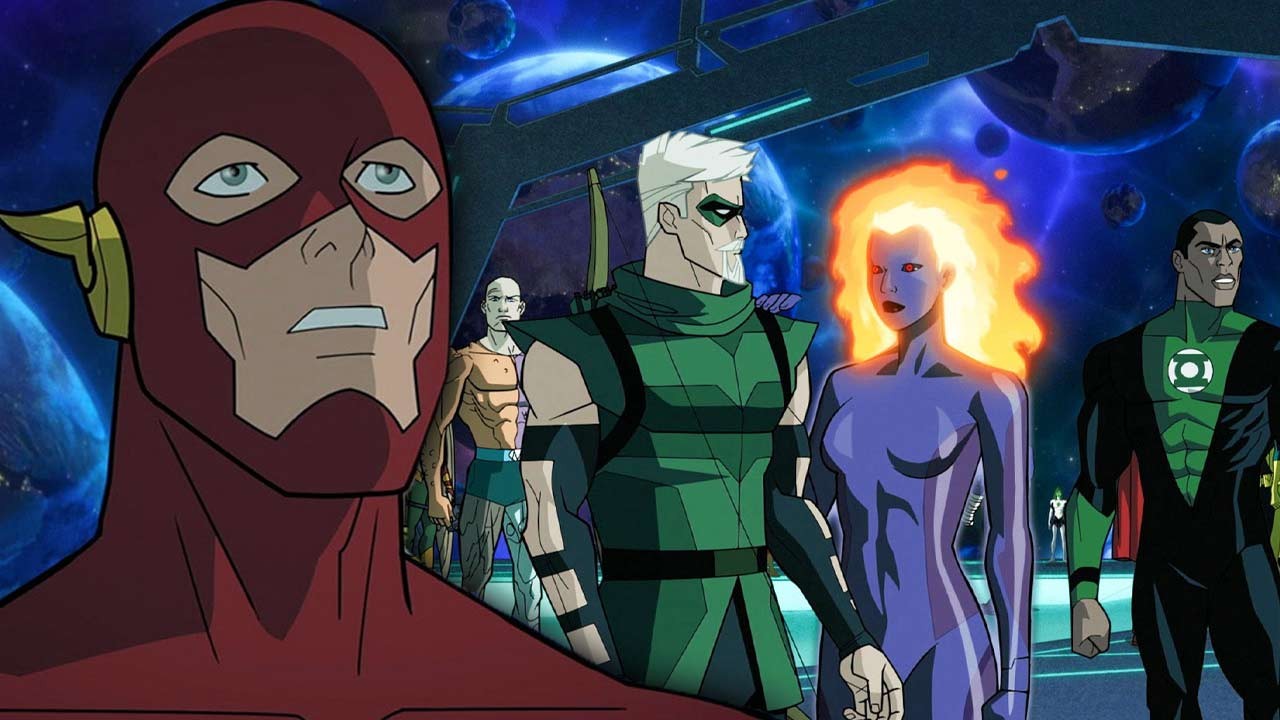The DCAU has constantly pushed boundaries when it comes to storytelling in the animated medium. The popular Timmverse of the ‘90s and 2000s dealt with mature themes that were seldom spoken about in the medium which was usually aimed at children. With Justice League: Crisis on Infinite Earths, the team seems to have gone for a radical design that took a while for studios to understand.
Based on the popular comic book arc of the same name, Crisis on Infinite Earths sees multiple universes collide and DC’s beloved heroes meeting alternate versions of themselves. The storyline is split into three parts in the DCAU, with the third and final part set to be released later this year.
Justice League: Crisis On Infinite Earths Was A Difficult Task To Adapt
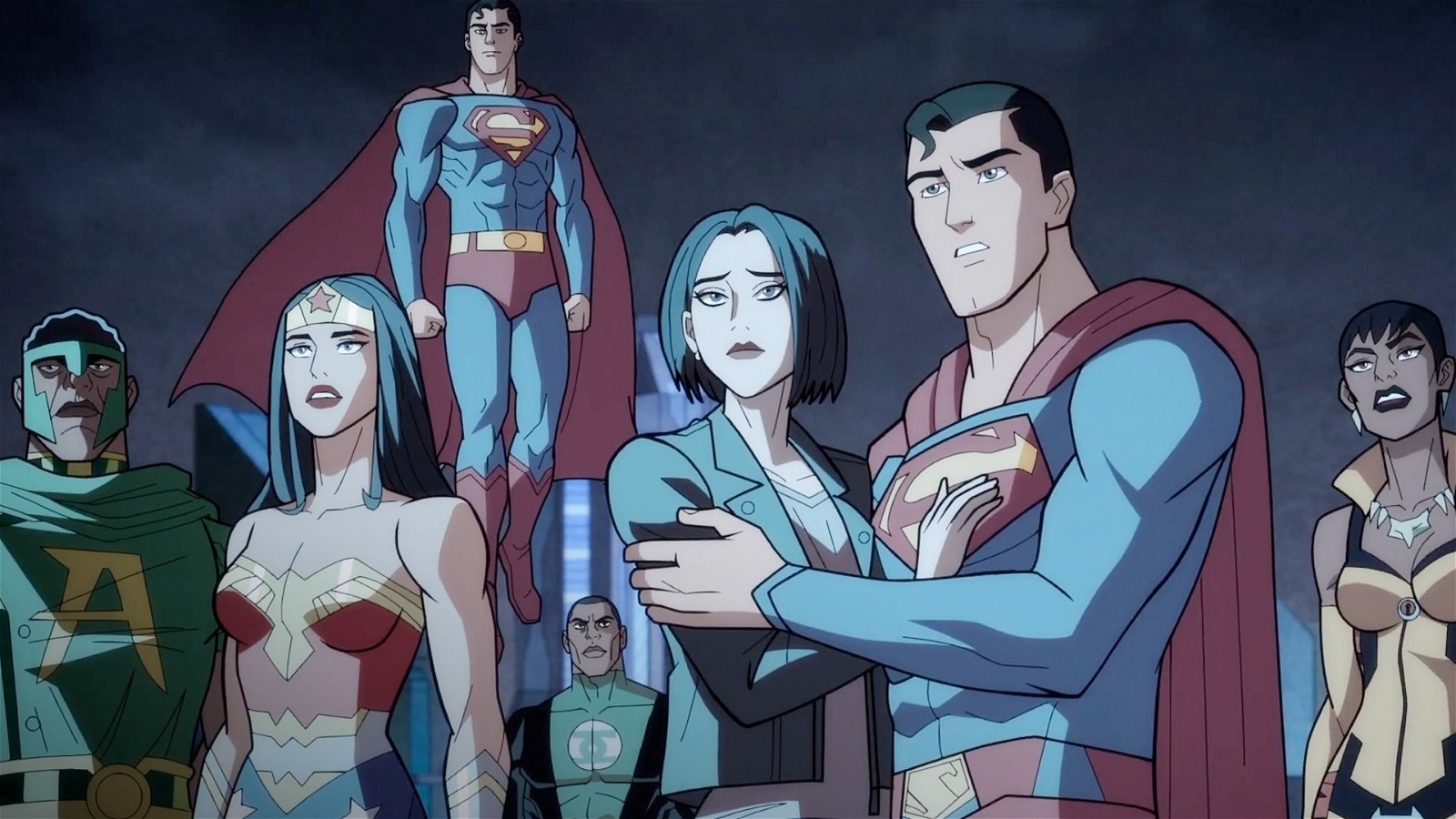
The adaptation of the popular comic book storyline Justice League: Crisis on Infinite Earths reportedly acts as the end of the Tomorrowverse slate of DCAU films. The films began with Superman: Man of Tomorrow and reportedly had a ten-movie arc. According to the creator and executive producer Butch Lukic, the team was asked to include the Crisis on Infinite Earths storyline as the climax of the Tomorrowverse (via Cinema Blend).
The popular storyline in the comics was written by Marv Wolfman, with art by the legendary George Pérez. The storyline included a massive union of all the DC heroes in multiple universes, intending to do away with the multiverse and bring all characters into one single continuity. Hence, an animated adaptation of such a scale with a limited budget proved to be a task for writer Jim Kreig.
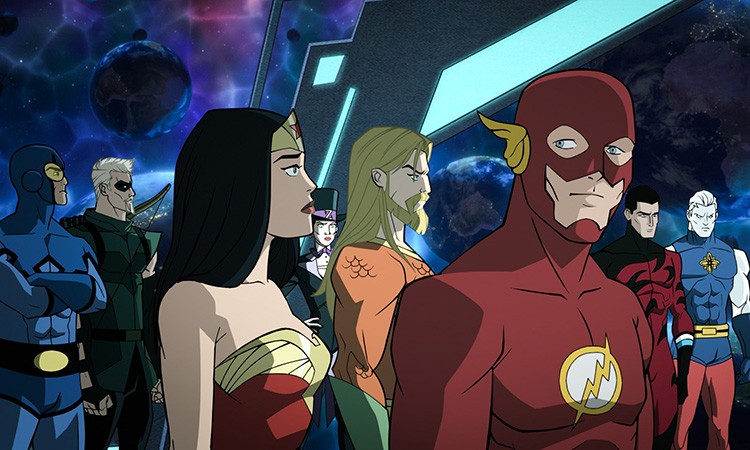
Justice League: Crisis on Infinite Earths was split into three parts, wrapping up the Tomorrowverse with a trilogy. Writer Jeff Kriefg mentioned to Animation Magazine how he managed to create a story that served the story, satisfied the fans, and was under budget.
“We tried to keep in all the major moments fans remembered, and then fill in story in between those moments in the way that made the most sense…the story was so sprawling — and also specifically about the DC characters who were around at the time — we felt we had to pare down the script to characters who are important to a contemporary audience, for the most part.”
Executive producer Butch Lukic mentioned that though the scale of the story was massive and they had a bigger budget, it did not mean that the employees got paid more. It was just that because of the number of characters that had to be designed, the FX and voice-cast budget was much larger (via Animation Magazine).
Justice League: Crisis On Infinite Earths Used A Design That Was Never Done Before In The DCAU
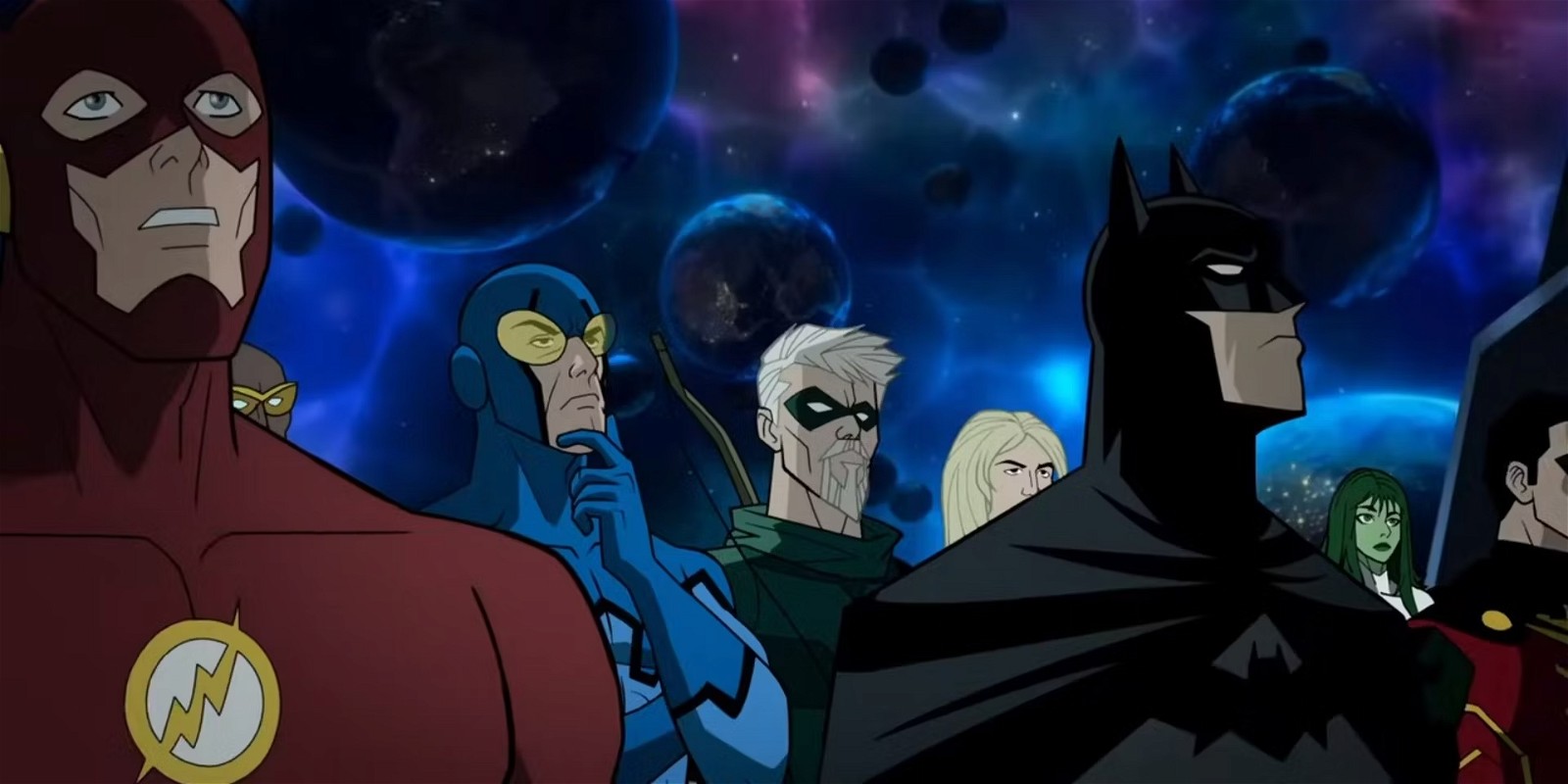
The late George Pérez’s art for Justice League: Crisis on Infinite Earths was often regarded as some of the best works of the period. The legendary artist was known for images that showed large crowds of superheroes due to the massive scale of the storyline. While the team could not always stick to the scale, they reportedly tried to bring the comic book feel to it in a radically new way for the DCAU.
Executive producer Butch Lukic, who created the Tomorrowverse along with Jim Kreig said to Animation Magazine,
“I went for a thicker, tapered line style, opposite of the deadline normal style, so, it’s more of a comic-book look. It was tough. Some of the studios got it, some didn’t, so it was some work revising their animation when it didn’t fit.”
Lukic also mentioned that he did not use 3D modeling software to sketch layouts and backgrounds. Instead, he chose a radical way of freehand drawing to give a more organic feel to the art and design of the films. He also mentioned that he played around with light even before giving the designs to the animatics teams.
“I also shadowed most of the backgrounds before they went to paint, determining where I wanted specific shadows to lay, and where the light source was coming from. I wanted the board guys and the director to use the full widescreen composition — not have characters generally in the middle of the shot — and use foreground elements, to give more depth to your shots.”
Lukic also mentioned that the team had to pick the right scene to emulate George Pérez’s legendary crowded images as they did not have the right budget to do a completely faithful recreation.

